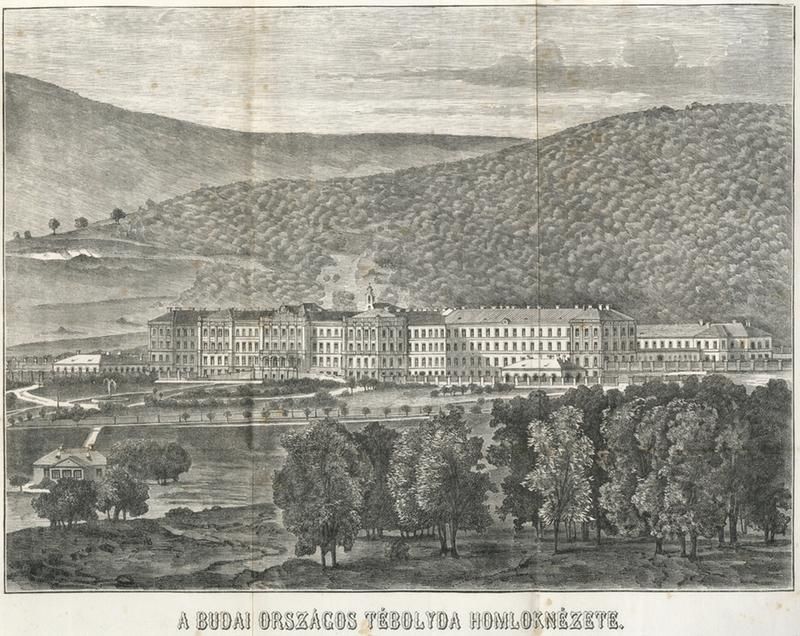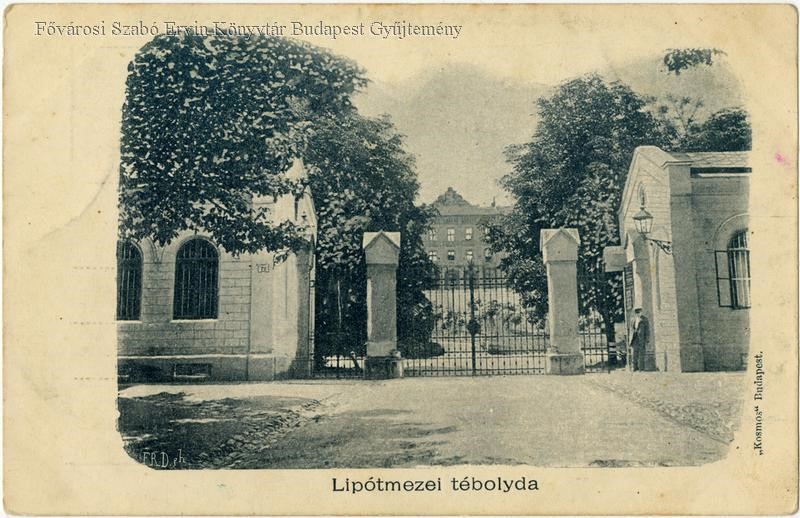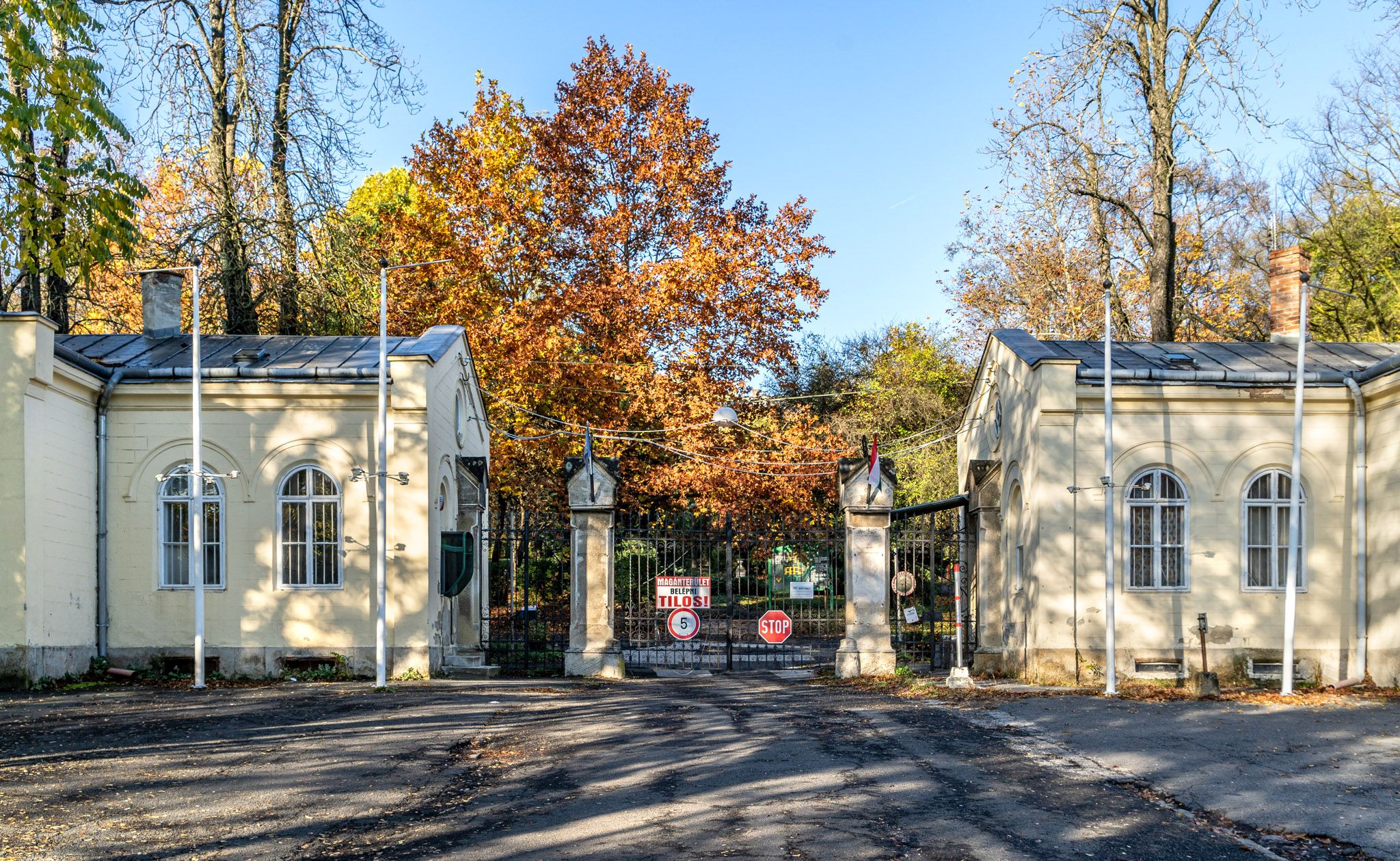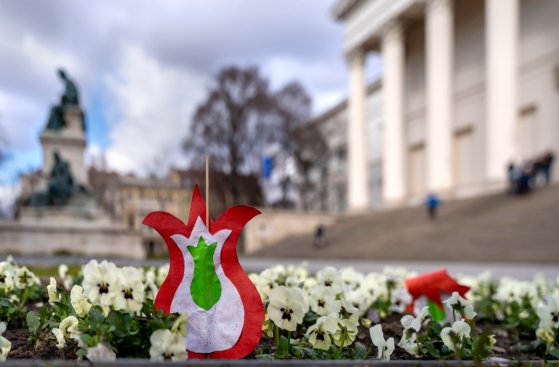An amendment passed by the Legislative Committee of the National Assembly on 10 December states that 116 Hűvösvölgyi Road in the 2nd District, which once housed the National Institute of Psychiatry and Neurology (OPNI) will become an asset of the Central European Education Foundation
The establishment of the Central European Education Foundation was initiated on behalf of the government in a bill submitted on 10 November 2020 (No.: T/13660.) by Zsolt Semjén, Deputy Prime Minister, and Péter Szijjártó. The goal of the foundation is to establish a secondary school, which qualifies as an “educational institution, an international school”, and serves as “a new, regional public education institution for students from Hungary and neighbouring states”, and also has halls of residence.
Under the bill, the new school will charge for tuition. However, students can be exempt from tuition costs based on their financial situation (bursary system). The institution may also create scholarships. Regarding the school, the document reads: "The new education institution is planned to provide high-quality secondary education for students in a 4+1 system including a preparatory year. Due to the nature of the institution as a »boarding school«, the institution will provide student care activities in addition to high-quality training. Extracurricular activities will be developed in the spirit of strengthening a Central European (especially Carpathian) identity. Hungarian and regional values, culture and traditions will be key elements of the educational guidelines."
As noted in the proposal for the transfer of assets, the institution will operate in the building of the former OPNI.
The OPNI building in 2013 (Source: Wikimedia)
The hospital building at 116 Hűvösvölgyi út in the 2nd District stands in a 40-hectare park and has been vacant since 2007. The building was built as a mental asylum, and opened on 6 December 1868, under the name Royal Hungarian National Mental Asylum in Buda with three hundred patients.
As a previous article on pestbuda.hu explored, the need for a psychiatric hospital in Hungary first arose in 1791. The topic became central when the mental health hospitals in Vienna, Prague and Lemberg closed their doors to Hungarian patients in 1812. In early 1848, the Governor's Council sent Ferenc Schwartzer, a former doctor of the mental department of Vienna Hospital, on a European study tour of mental health hospitals. Schwartzer submitted a proposal to the government to set up an asylum based on his experience, in the autumn of 1848. Although the plan could not be implemented due to the War of Independence of 1848–1849, the issue reemerged in the 1850s.
This was when the land owned by Lipót Göbl, a miller from Buda, was purchased in Hűvösvölgy for the construction of the institution. (The area was called Leopoldfeld in German, Lipótmező in Hungarian, 'Leopold's field' after its previous owner.) Today the plot stands under 116 Hűvösvölgyi Road.

Graphic of the Royal Hungarian Mental Asylum from 1869 (Source: FSZEK Budapest Collection)
Construction was ordered by Franz Joseph and was completed based on the plans of Lajos Zettl. Construction began under the direction of Henras Drasche in 1859 and was completed in 1868.
Built in the late-romantic style, the four-story building could initially accommodate 500 patients. In addition to the wards, flats for doctors, accommodation for other staff, kitchens, offices and warehouses were also built on-premises. The building also housed a chapel, a theatre, a salon with a piano, and a swimming pool for patients, alongside a research laboratory for doctors. A 40-hectare park surrounds the building.

Postcard showing the main gate of the Royal Hungarian Mental Asylum from the 1900s (Source: FSZEK Budapest Collection)
Several well-known artists visited Lipótmező, such as the painter Lajos Gulácsy, who donated valuable paintings to the mental health hospital. Urban legends claim that even Queen-Consort Elizabeth (Sisi), also rested here after the assassination of her son, Rudolf, the heir apparent.
A child psychiatric ward was established in the 1950s, the first in the country. The institution was also renamed the National Institute of Neurology and Mental Health. Later, this name was changed to the National Institute of Psychiatry and Neurology (OPNI).

The area is currently closed to all visitors (Photo: Both Balázs/pestbuda.hu)
In 2007, the Gyurcsány-government decided to reduce the number of hospital beds in the country and empty hospital buildings on valuable land. The National Institute of Psychiatry and Neurology fell victim to this initiative. Patients mere moved or discharged, doctors and nursing staff made redundant, and the building has stood empty, deteriorating ever since.
Cover photo: The hospital in 2007 (Photo: Wikipedia)
Read our previous article: Stunning buildings stand deserted around Budapest




































Hozzászólások
Log in or register to comment!
Login Registration